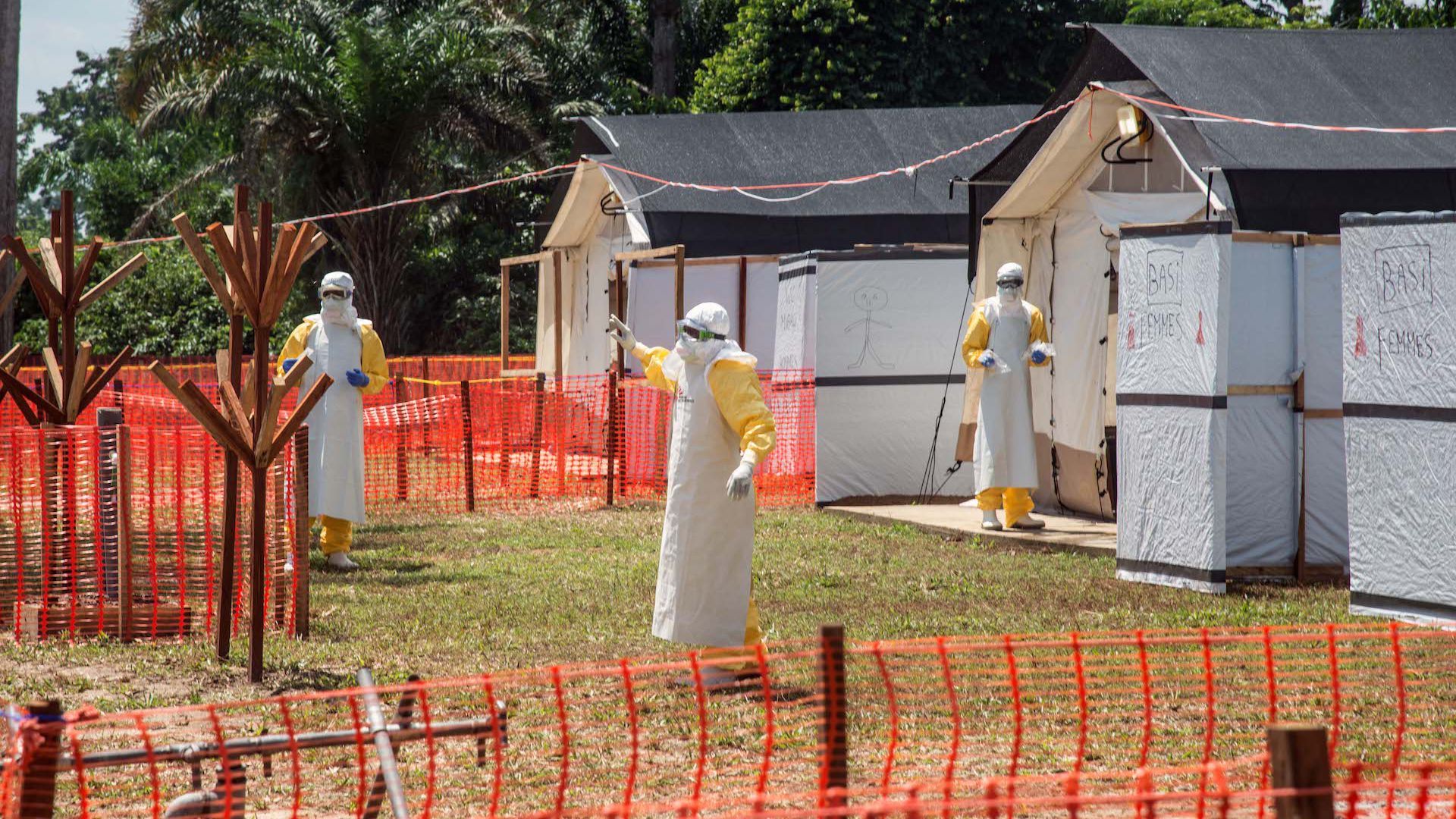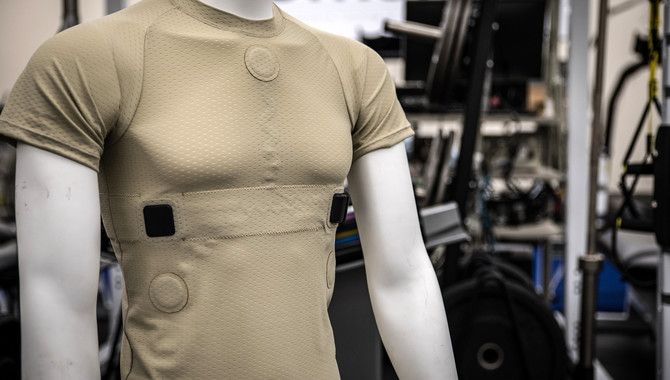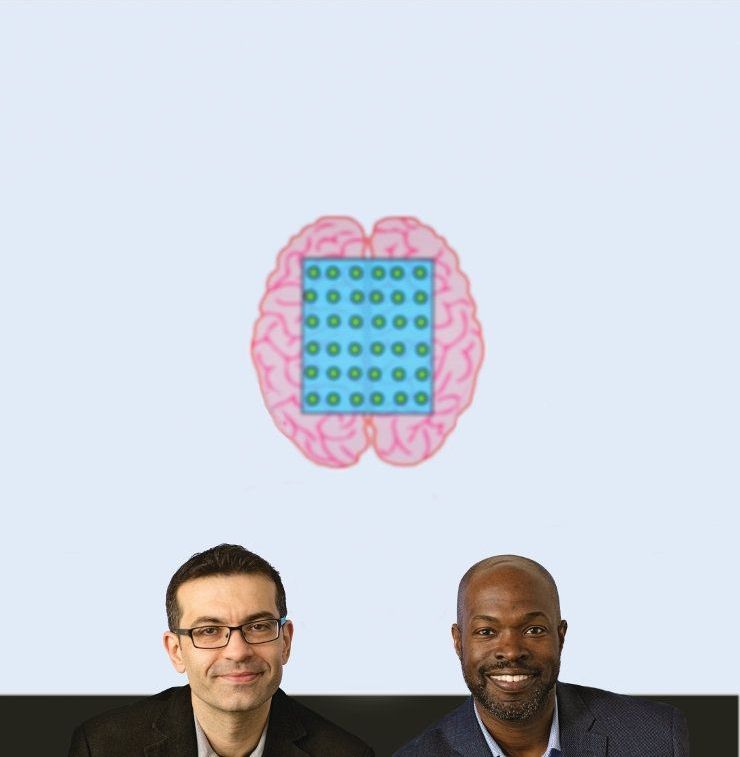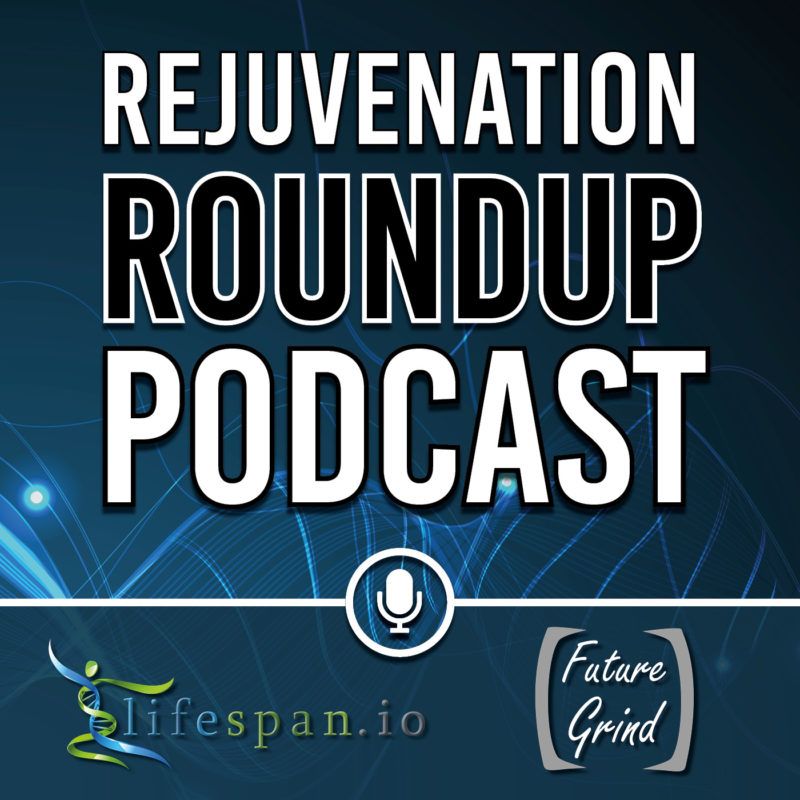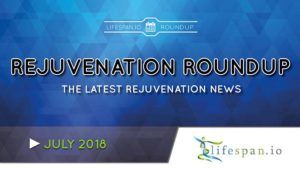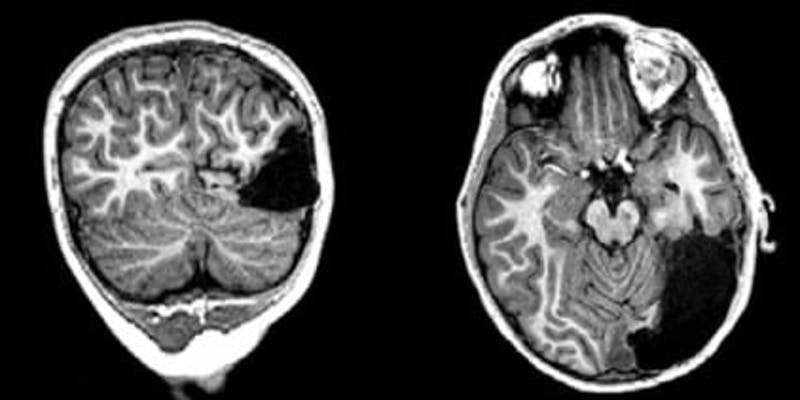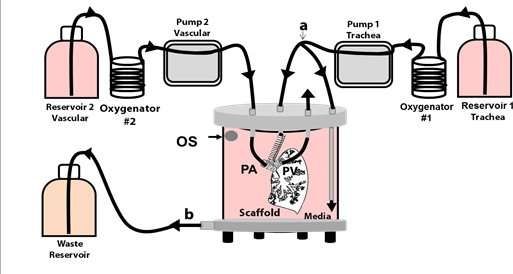Archive for the ‘biotech/medical’ category: Page 2202
Aug 4, 2018
Lighter, leaner, lifesaving: AF tests wearable medical tech
Posted by Klaus Baldauf in categories: biotech/medical, military, wearables
Wearable medical technology is designed to be small and lightweight to minimize additional burden on medical Airmen and the warfighter, whether they are on a remote battlefield or aboard an aircraft.
“Wearables provide greater accessibility,” said Dr. David Burch, a research biomedical engineer and the medical technology solutions team lead for the En Route Care Medical Technology Solutions Research Group, 711th HPW. “An aircraft has a very tight space and weight limit to maintain performance, and battlefield medics need to carry everything they use. Wearables provide accessibility to the human in a way that is better form, fit, and function.”
One wearable device that achieves that accessibility is a tissue oxygenation sensor, developed jointly with a private company. This small, soft, injectable sensor lets medics determine if a patient is able to be medically evacuated by assessing how well their blood transports oxygen to tissue.
Continue reading “Lighter, leaner, lifesaving: AF tests wearable medical tech” »
Aug 3, 2018
Joris Column: Printcrime, augmenting humans, nanoconvergence and Segway polo
Posted by Klaus Baldauf in categories: 3D printing, biotech/medical, cyborgs, habitats, transhumanism
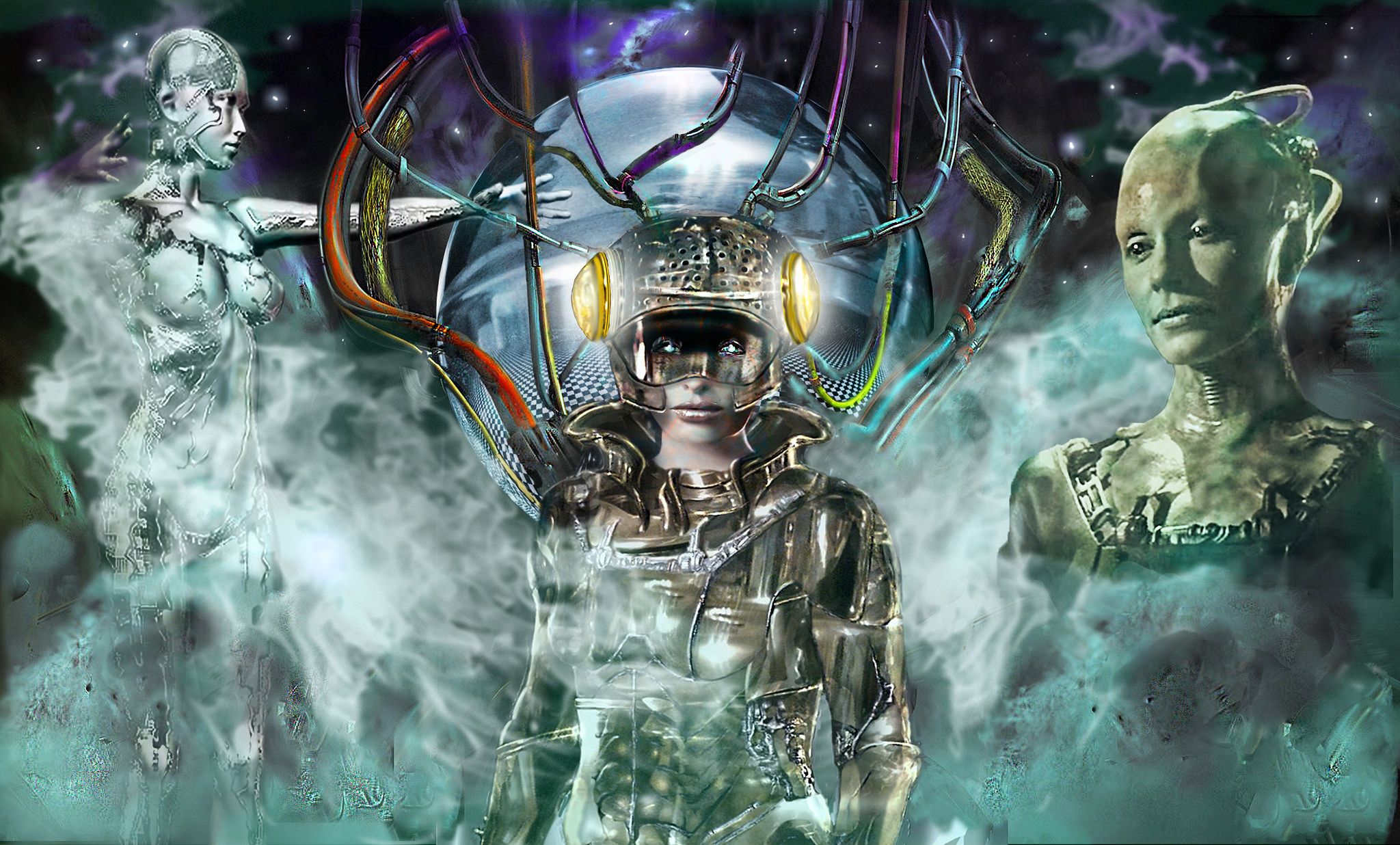
Often only a few years separate the tinfoil hats from the millionaires to be. I was writing the piece on the Youbionic arm and thinking of how we will use 3D printing to augment human beings. Clearly augmenting the human body with mechatronics would be a good idea. The flesh is weak but stepper motors are strong! Oh how we will eeck, ooow, brrrr whine in our old stepper augmented age. Machines could very well fill the gaps once our bodies start failing us. But, will old people homes really be filled with Borg grandmas?

Continue reading “Joris Column: Printcrime, augmenting humans, nanoconvergence and Segway polo” »
Aug 3, 2018
Hallmarks of Aging: Cellular Senescence
Posted by Steve Hill in categories: biotech/medical, life extension
This is part of our ongoing series of articles that discuss the Hallmarks of Aging. Published in 2013, the paper divides aging into distinct categories (“hallmarks”) of damage to explain how the aging process works and how it causes age-related diseases. Today, we will be looking at the hallmark of cellular senescence.
What are senescent cells?
As you age, increasing numbers of your cells enter into a state known as senescence. Senescent cells do not divide or support the tissues of which they are part; instead, they emit a range of potentially harmful chemical signals that encourage nearby healthy cells to enter the same senescent state. Their presence causes many problems: they reduce tissue repair, increase chronic inflammation, and can even eventually raise the risk of cancer and other age-related diseases.
Aug 3, 2018
Building a better brain
Posted by Bill Kemp in categories: biotech/medical, engineering, neuroscience
Like a team in a science fiction movie, the six-lab squad funded by a 2017 MEDx Biomedical research grant is striking in its combination of diverse skills and duties.
The project is led by Kafui Dzirasa, MD’09, Ph.D.’07, HS’10-’16, associate professor of psychiatry and behavioral sciences and assistant professor in neurobiology and neurosurgery; and Nenad Bursac, Ph.D., professor of biomedical engineering and associate professor in medicine. Their team includes: Marc Caron, Ph.D., James B. Duke Professor of Cell Biology, professor in neurobiology and medicine; Fan Wang, Ph.D., professor of neurobiology; Christopher Kontos, MD, HS’93-’97, professor of medicine and associate professor of pharmacology and cancer biology—all at Duke University School of Medicine—and Jennie Leach, Ph.D., associate professor of chemical, biochemical, and environmental engineering at the University of Maryland Baltimore County, along with a cadre of committed graduate students, postdocs, and technicians.
Dzirasa’s background in engineering informs his approach to the study of neuropsychiatric illness and disease. In the summer of 2016, he and members of his lab were discussing the challenge of precisely monitoring brain activity.
Aug 2, 2018
ETMC First Person — Todd Glass — deep brain stimulation
Posted by Mary Jain in categories: biotech/medical, neuroscience
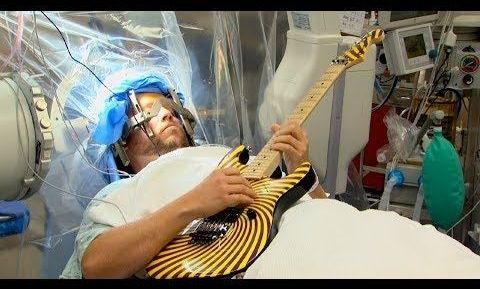
09−28−17 Todd Glass of Tyler shares his story of how the deep brain stimulation surgery, from the ETMC Neurological Institute, allowed him to gain back the ability to get back one of his life’s passions. See how Todd “rocked” the surgery suite at ETMC Tyler.
Aug 2, 2018
The Rejuvenation Roundup
Posted by Steve Hill in categories: biotech/medical, life extension
We have now launched the Rejuvenation Roundup Podcast, a monthly podcast accompanying our regular Rejuvenation Roundup digest. Check out the first episode of this new show hosted by Ryan O’Shea from Future Grind.
Brought to you by Nicola Bagalà, the Rejuvenation Roundup is our monthly digest, which takes a look at the big news stories involving the industry and helps keep you informed of current developments in the aging research field. Hosted by Ryan O’Shea of the Future Grind podcast, the Rejuvenation Roundup podcast is a regular podcast that complements the monthly written Roundup articles that we publish here on the blog. The podcast aims not to replace the regular written Roundup articles but to offer a deeper dive into some of the key stories, and it includes quotes and interviews from industry leaders. We suggest enjoying both written and podcast versions every month!
Aug 2, 2018
Deep Knowledge Analytics announces the publication of a new analytical report titled Longevity Industry in UK Landscape Overview
Posted by Franco Cortese in categories: biotech/medical, business, government, life extension
845 pages in length, the report aims to outline the history, present state and future of the Longevity Industry in the United Kingdom, profiling hundreds of companies, investors, and trends, and offering guidance on the most optimal ways in which UK longevity industry stakeholders, as well as government officials, can work to strengthen the industry, and allow it to reach its full potential as a global longevity science and preventive medicine hub. The report uses comprehensive infographics to distill the report’s data and conclusions into easily understandable portions, and interested readers can get a quick understanding of the report’s main findings and conclusions in its 10-page executive summary.
This special regional case study follows-up on the content and general outline of the Longevity Industry made by our consortium in the previous Longevity Industry Landscape Overviews, including Volume I “The Science of Longevity” (750 pages), and Volume II “The Business of Longevity” (650 pages), published earlier this year.
These ongoing analytical reports are part of a collaborative project by The Global Longevity Consortium, consisting of the Biogerontology Research Foundation, Deep Knowledge Analytics, Aging Analytics Agency and the Longevity. International platform.
Aug 1, 2018
Boy Who Had a Chunk of Brain Removed Turned Out Healthy
Posted by Genevieve Klien in categories: biotech/medical, computing, neuroscience
The strange case of a young boy who had a large section of his brain removed shows just how good the human brain is at repairing itself — or at least making the most of a tough situation. Beyond being just a lump of tissue that named itself, the brain is also a kind of wonderful, wet computer that’s capable of rewiring itself in response to new experiences like taking drugs, forming new memories, and making friends. In extreme cases, like that of a 6-year-old boy who had about one-sixth of his brain removed, the brain can even adapt to getting cut apart.
Doctors documented the boy’s case in a paper published July 31 in the journal Cell Reports. They report that despite the boy having a significant portion of his brain removed, including the portion associated with visual processing, the boy has developed into a healthy 10-year-old. And while he still can’t see in the left side of his field of vision, his brain has reconfigured some of the lost connections so that he is able to recognize people’s faces. All in all, the doctors see it as a successful procedure, as well as evidence of the brain’s plasticity — its ability to adapt — when it comes to higher-order functions.
“He is essentially blind to information on the left side of the world. Anything to the left of his nose is not transmitted to his brain, because the occipital lobe in his right hemisphere is missing and cannot receive this information,” Marlene Behrmann, Ph.D., a professor of psychology at Carnegie Mellon University and the corresponding author on the paper, tells New Scientist.
Continue reading “Boy Who Had a Chunk of Brain Removed Turned Out Healthy” »
Aug 1, 2018
Researchers successfully transplant bioengineered lung
Posted by Dan Kummer in categories: bioengineering, biotech/medical
A research team at the University of Texas Medical Branch have bioengineered lungs and transplanted them into adult pigs with no medical complication.
In 2014, Joan Nichols and Joaquin Cortiella from The University of Texas Medical Branch at Galveston were the first research team to successfully bioengineer human lungs in a lab. In a paper now available in Science Translational Medicine, they provide details of how their work has progressed from 2014 to the point no complications have occurred in the pigs as part of standard preclinical testing.
“The number of people who have developed severe lung injuries has increased worldwide, while the number of available transplantable organs have decreased,” said Cortiella, professor of pediatric anesthesia. “Our ultimate goal is to eventually provide new options for the many people awaiting a transplant,” said Nichols, professor of internal medicine and associate director of the Galveston National Laboratory at UTMB.
Continue reading “Researchers successfully transplant bioengineered lung” »
